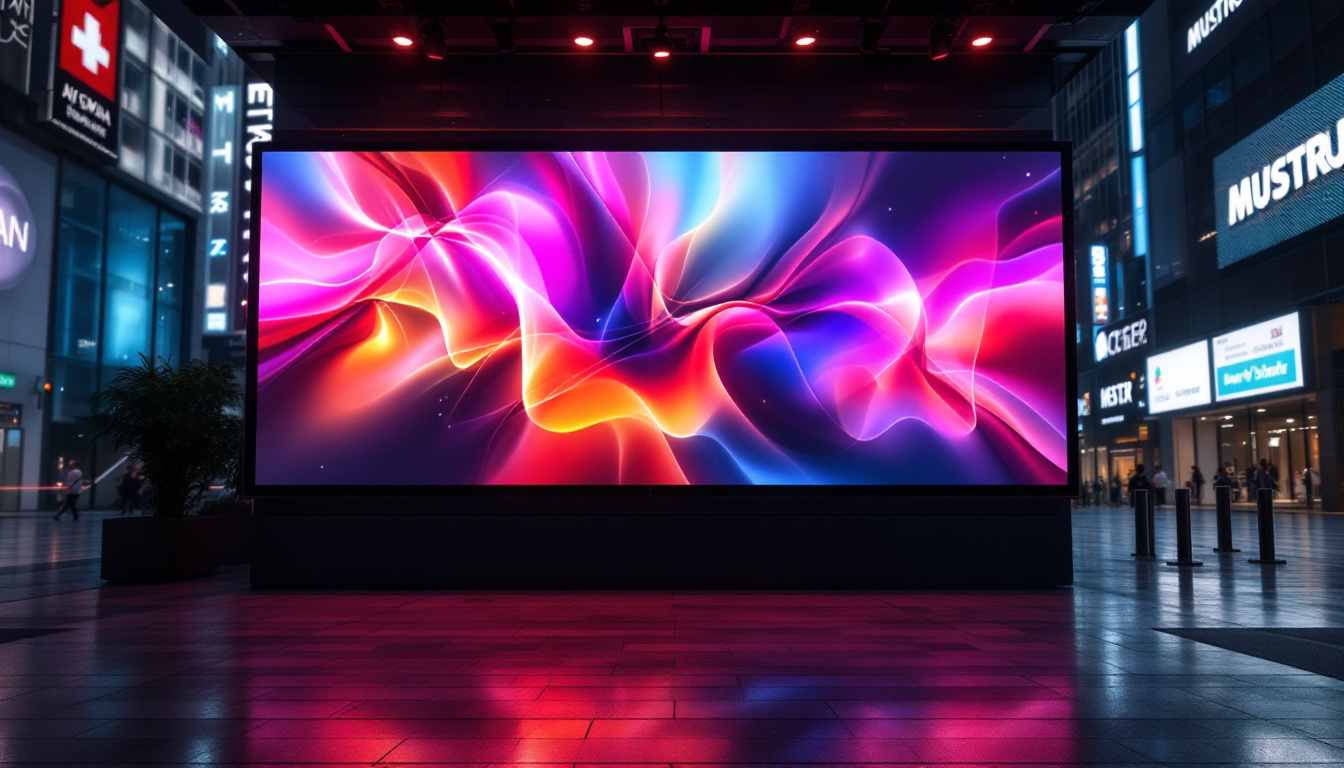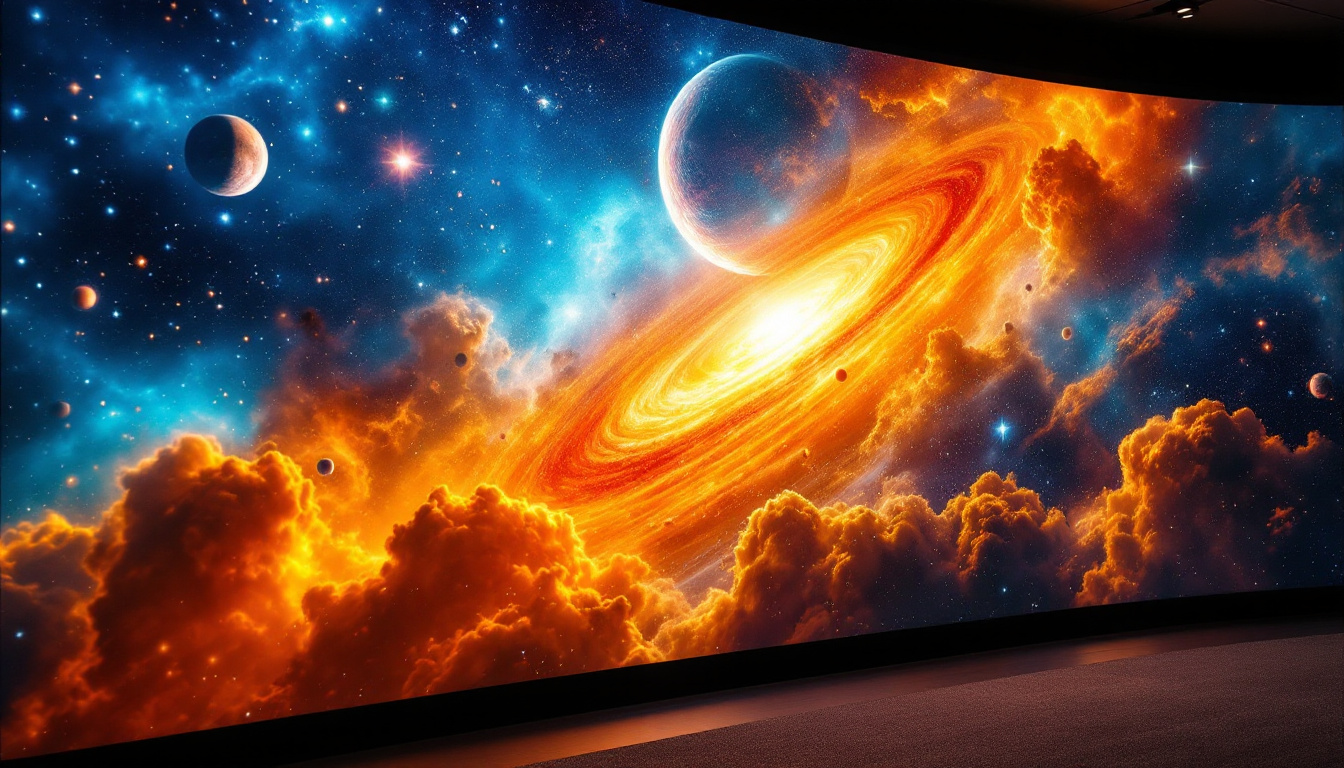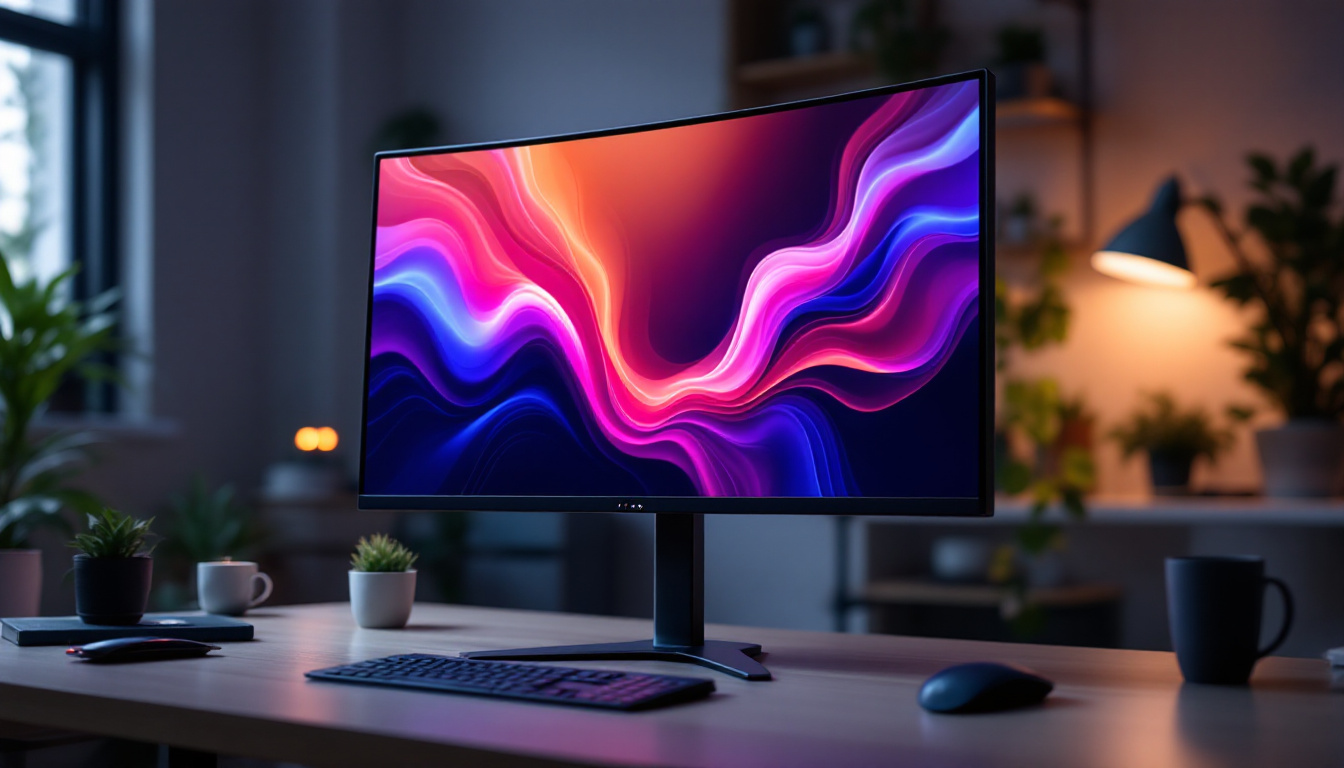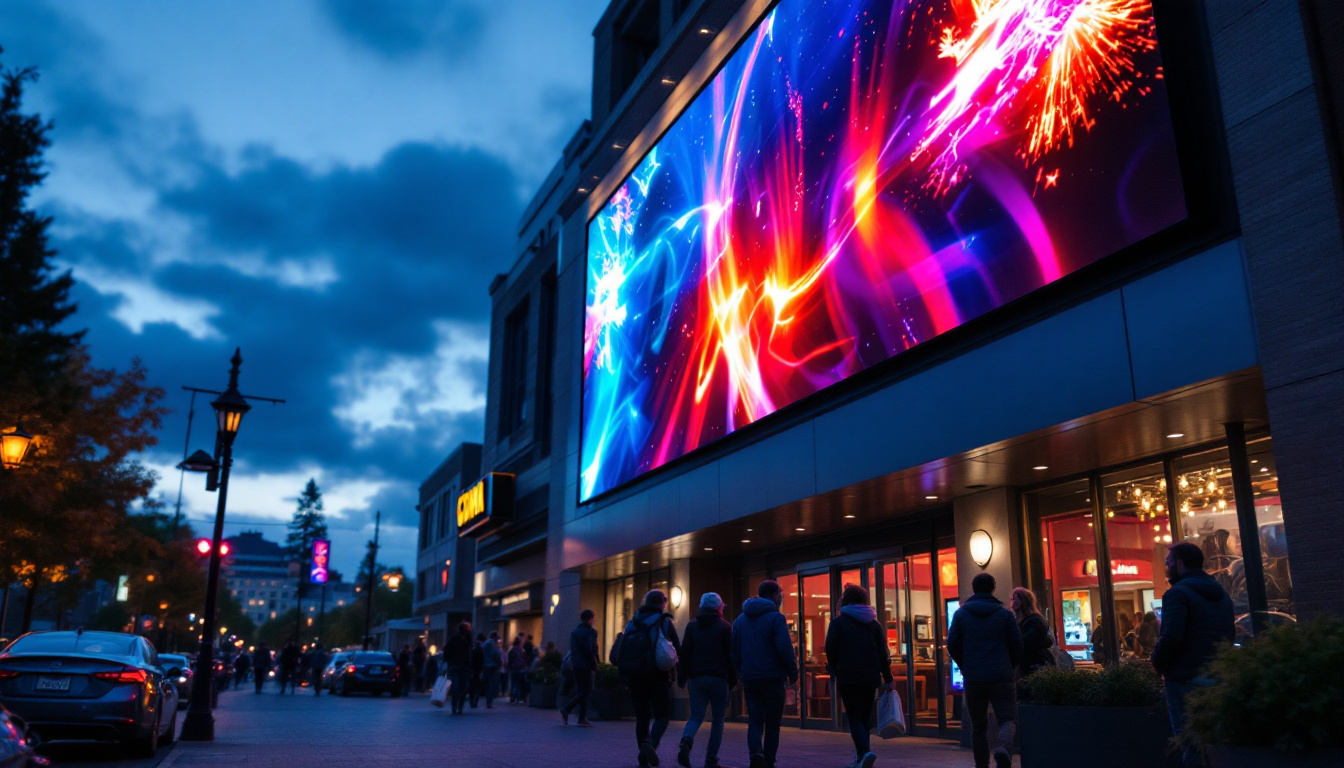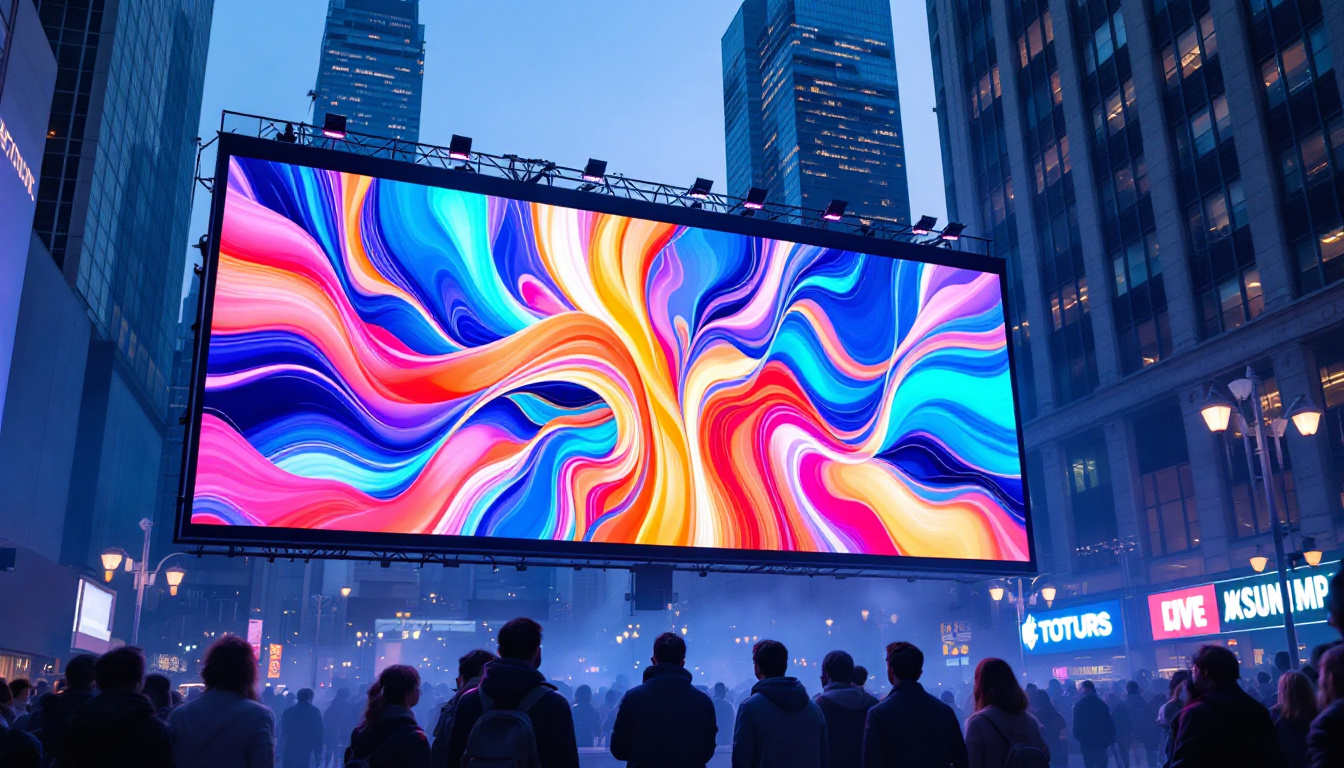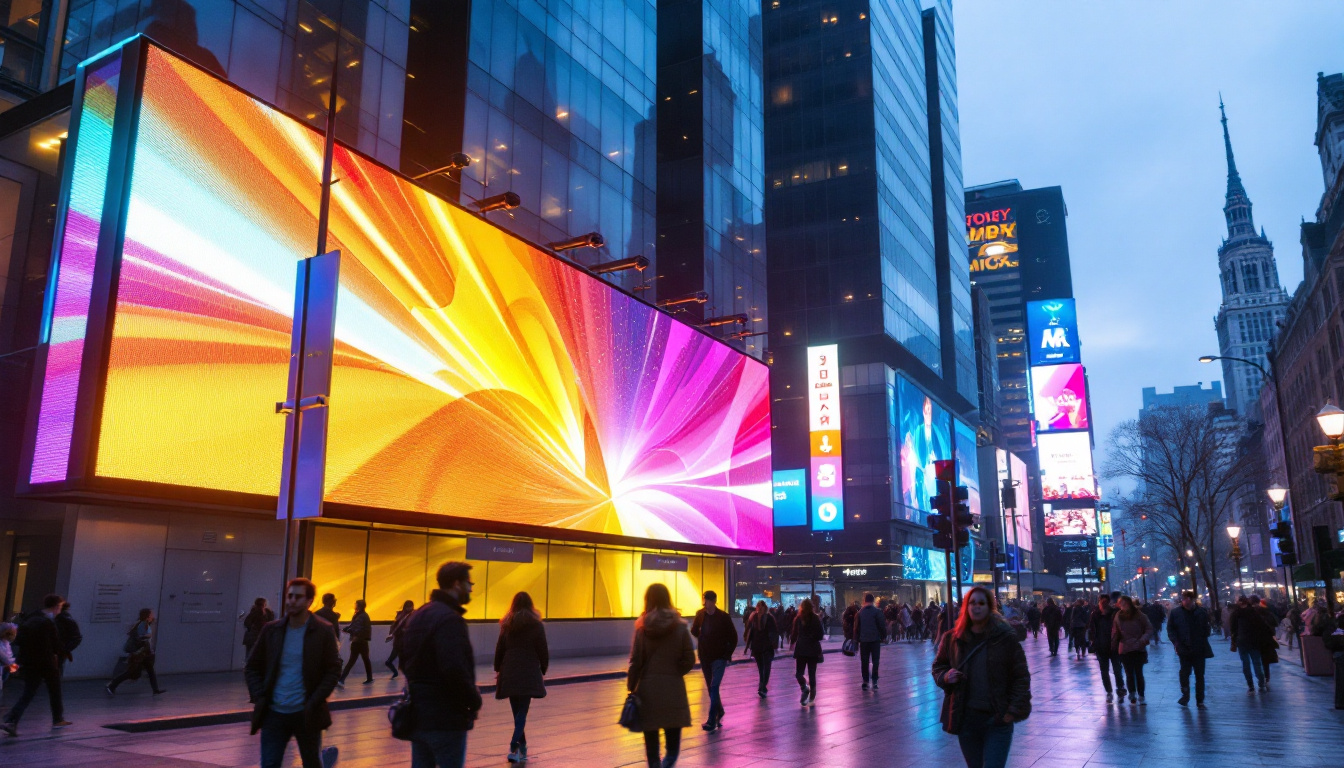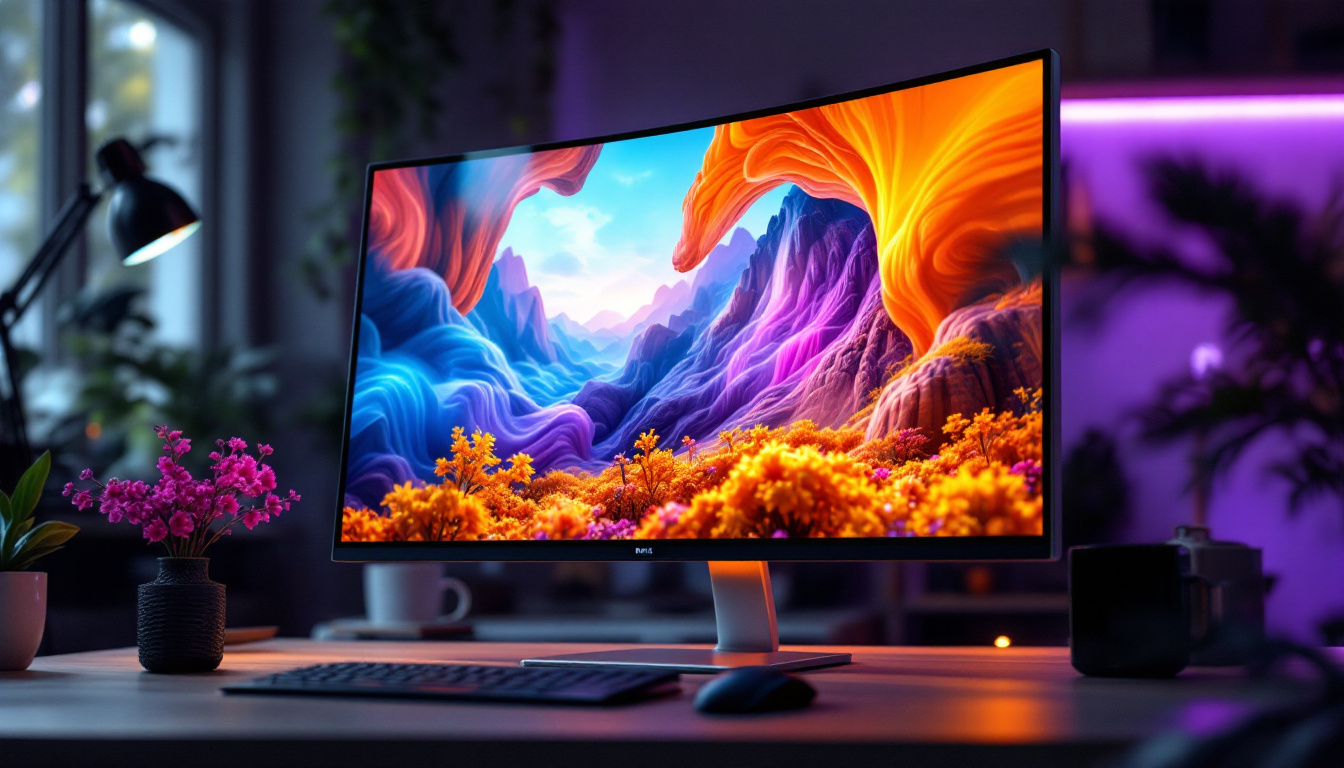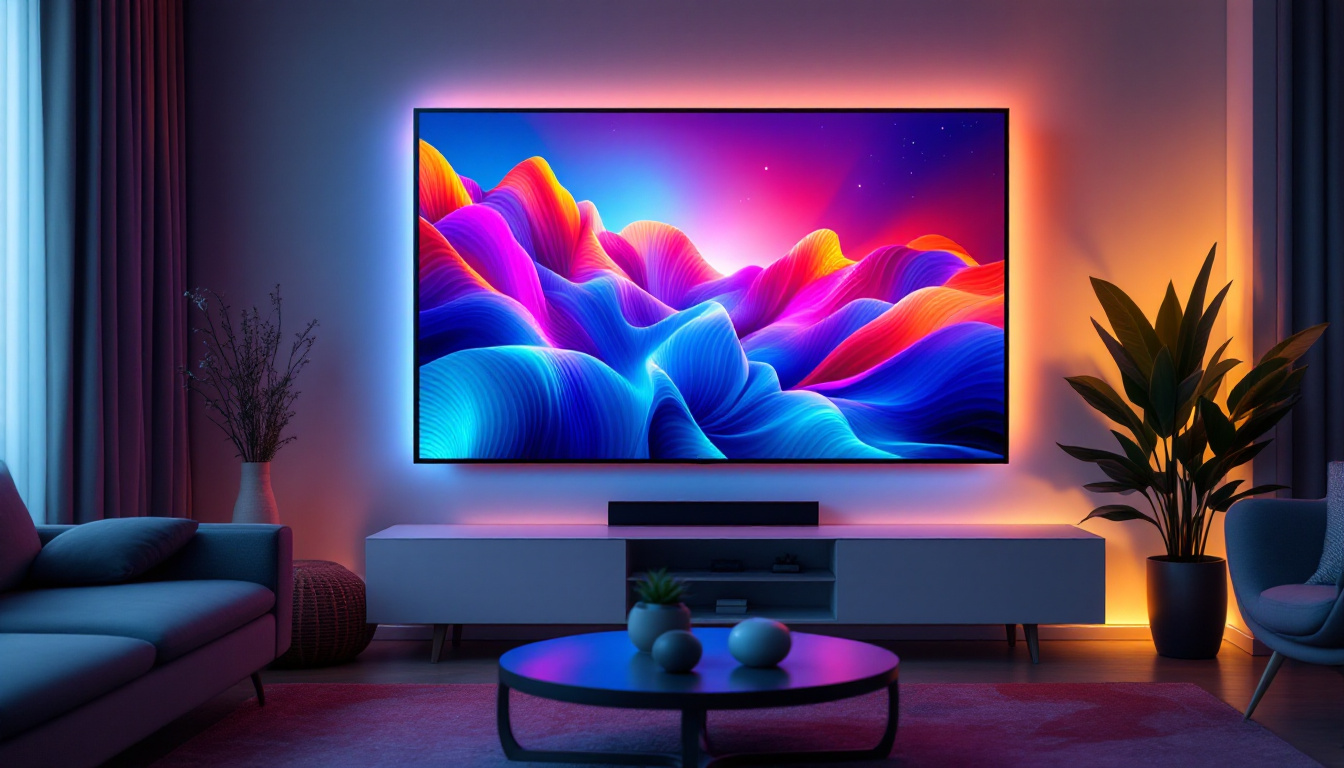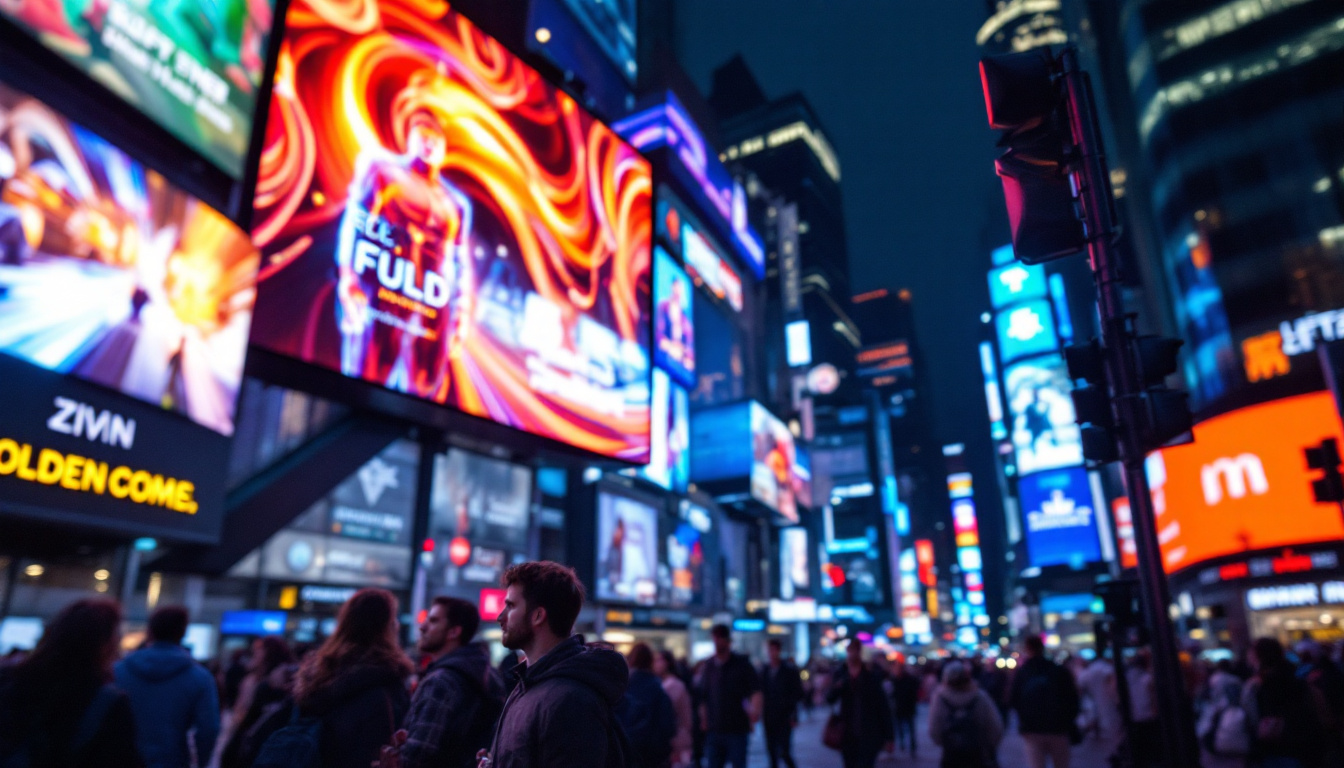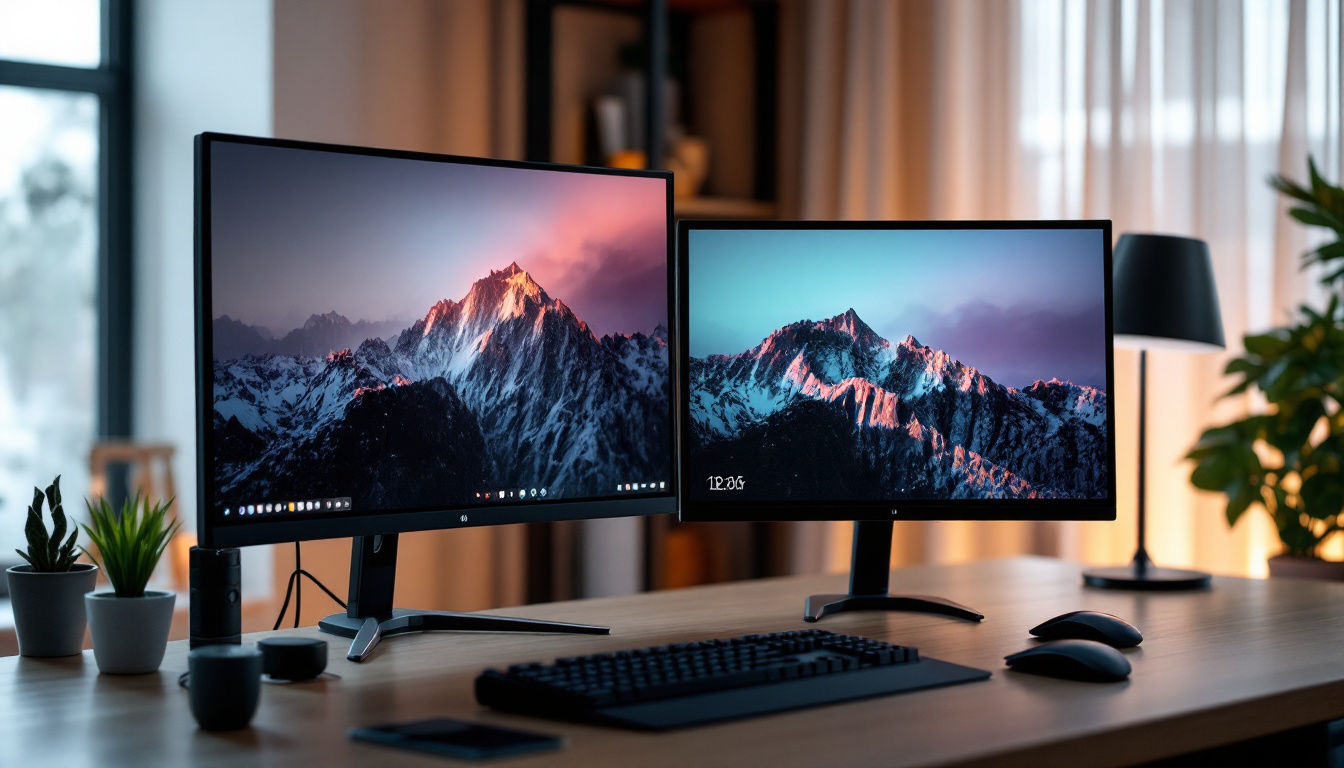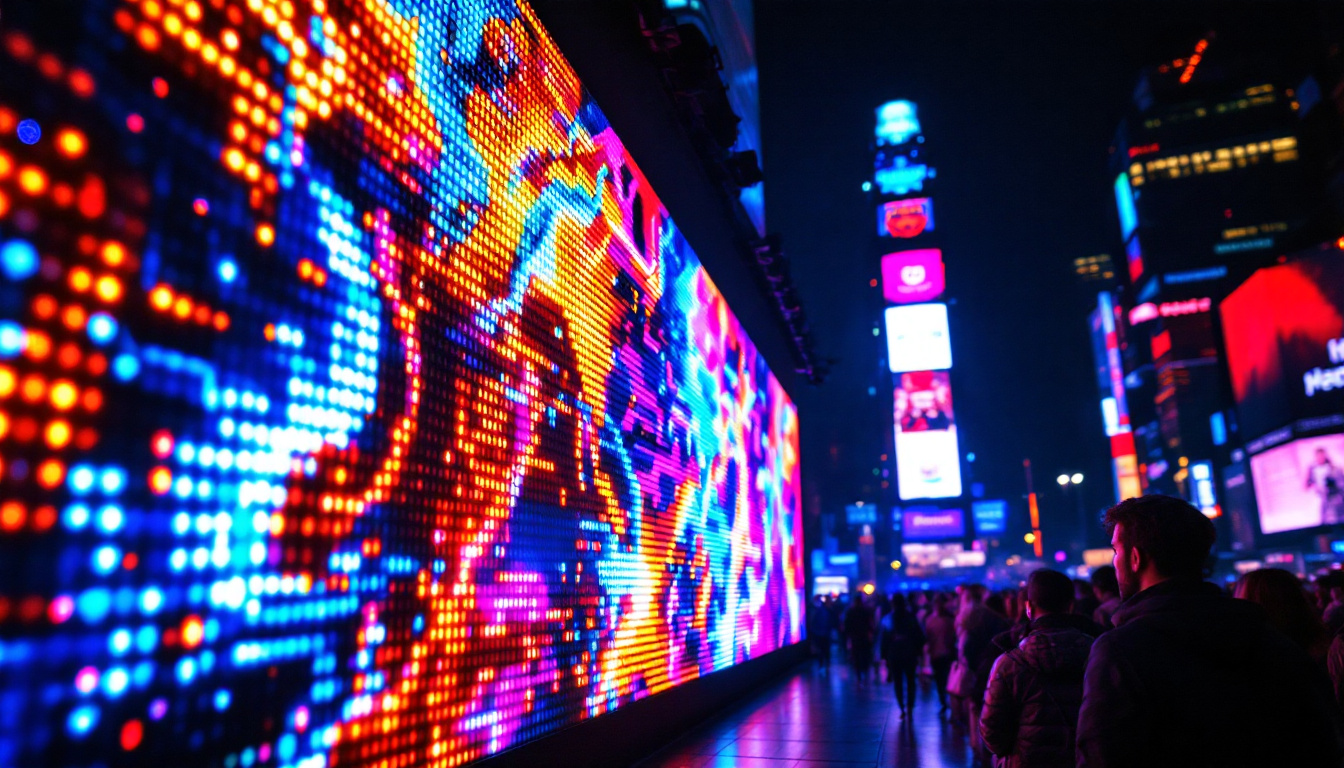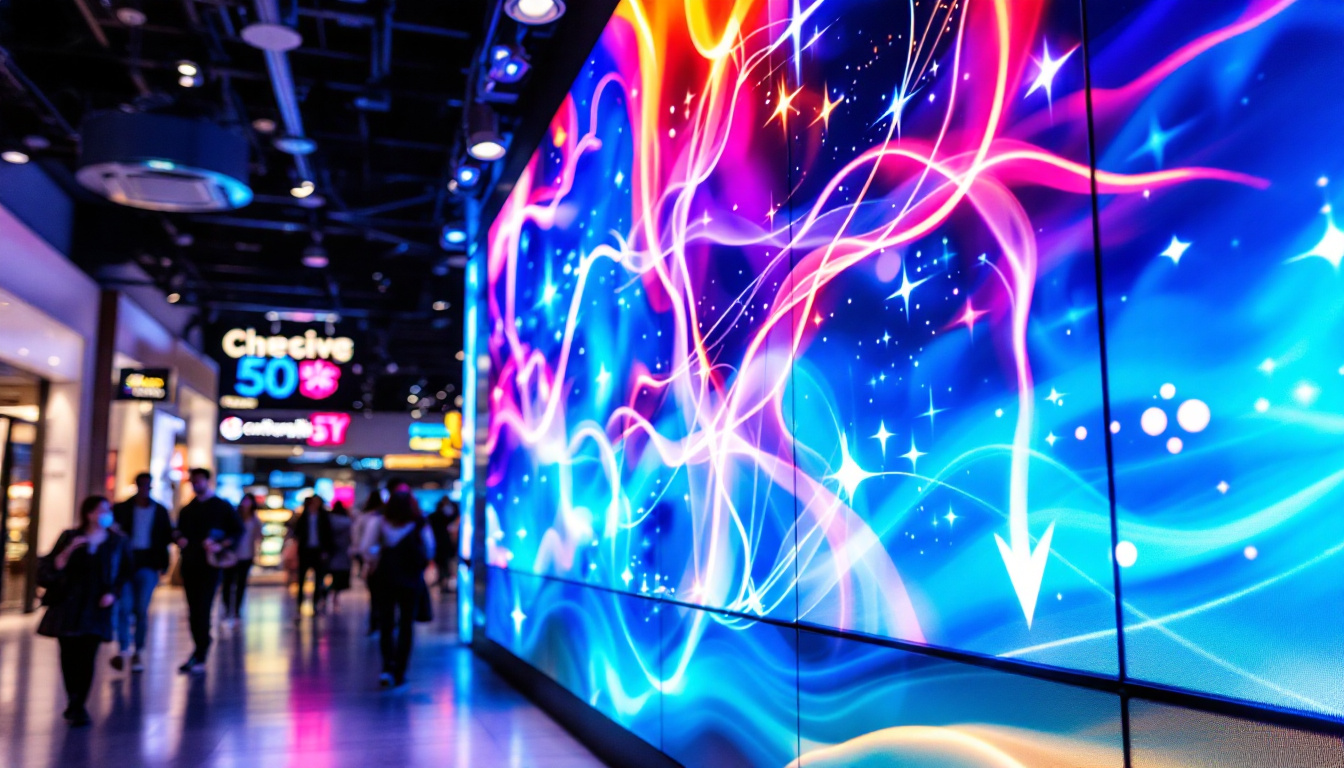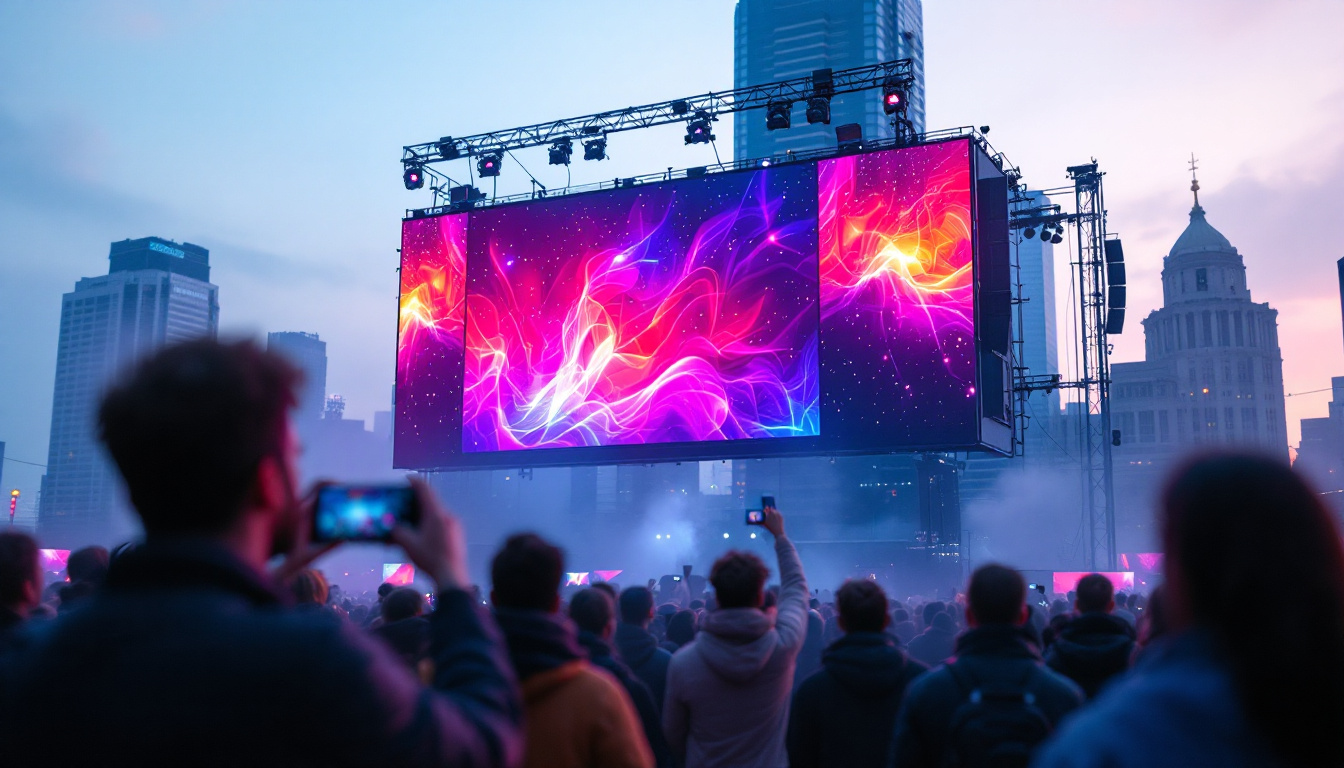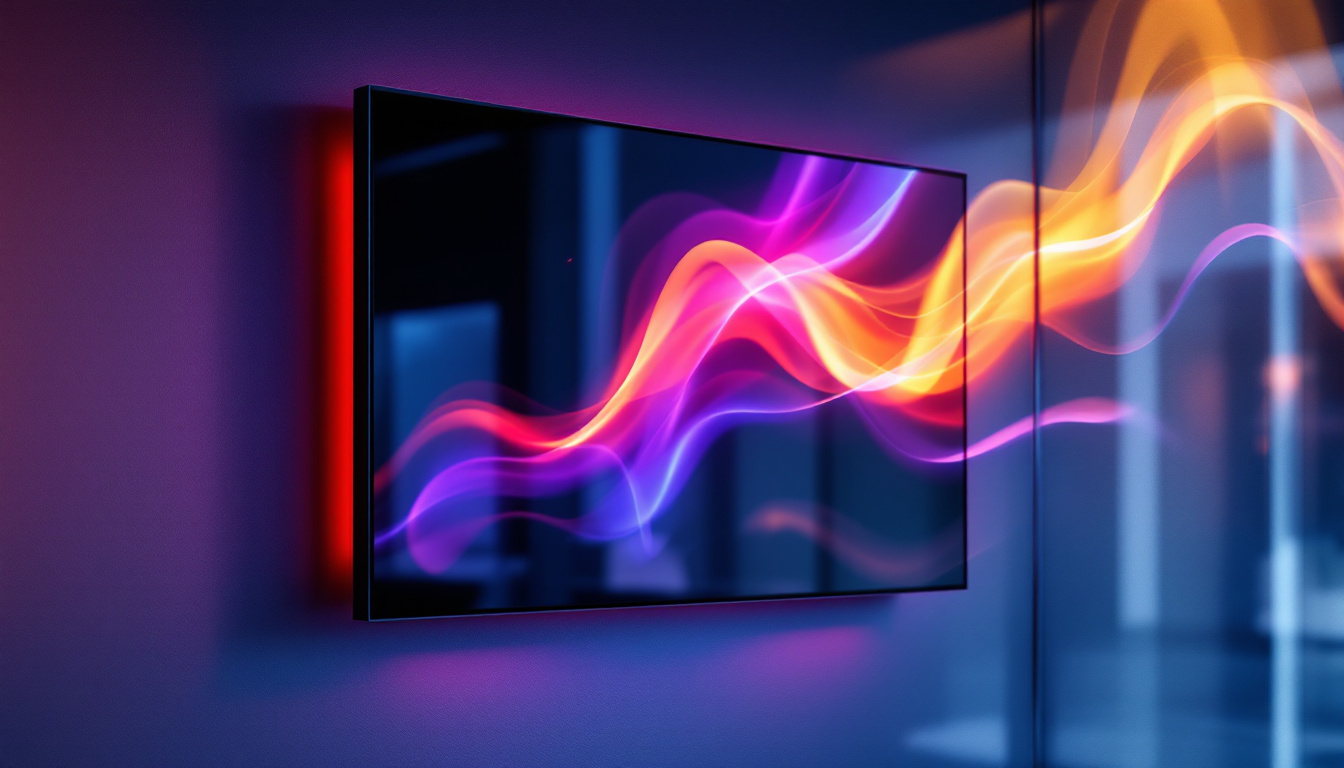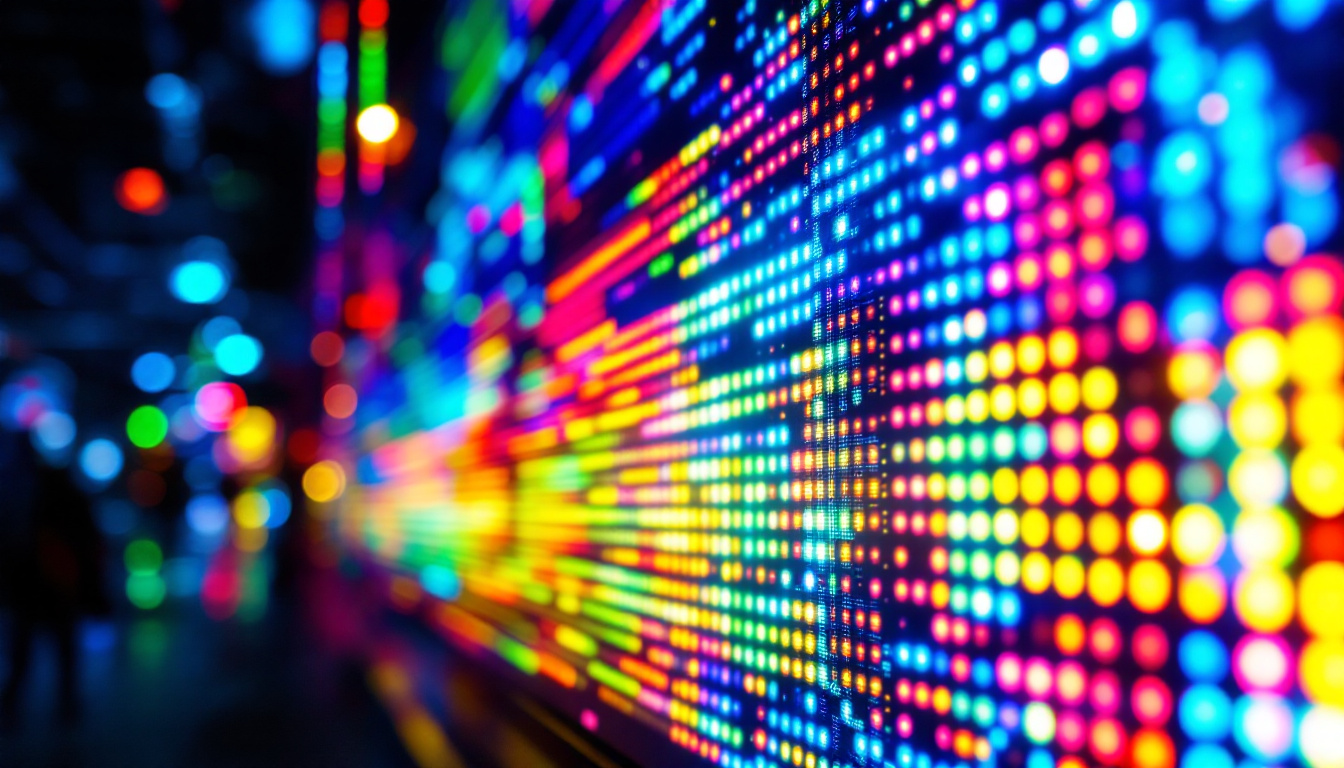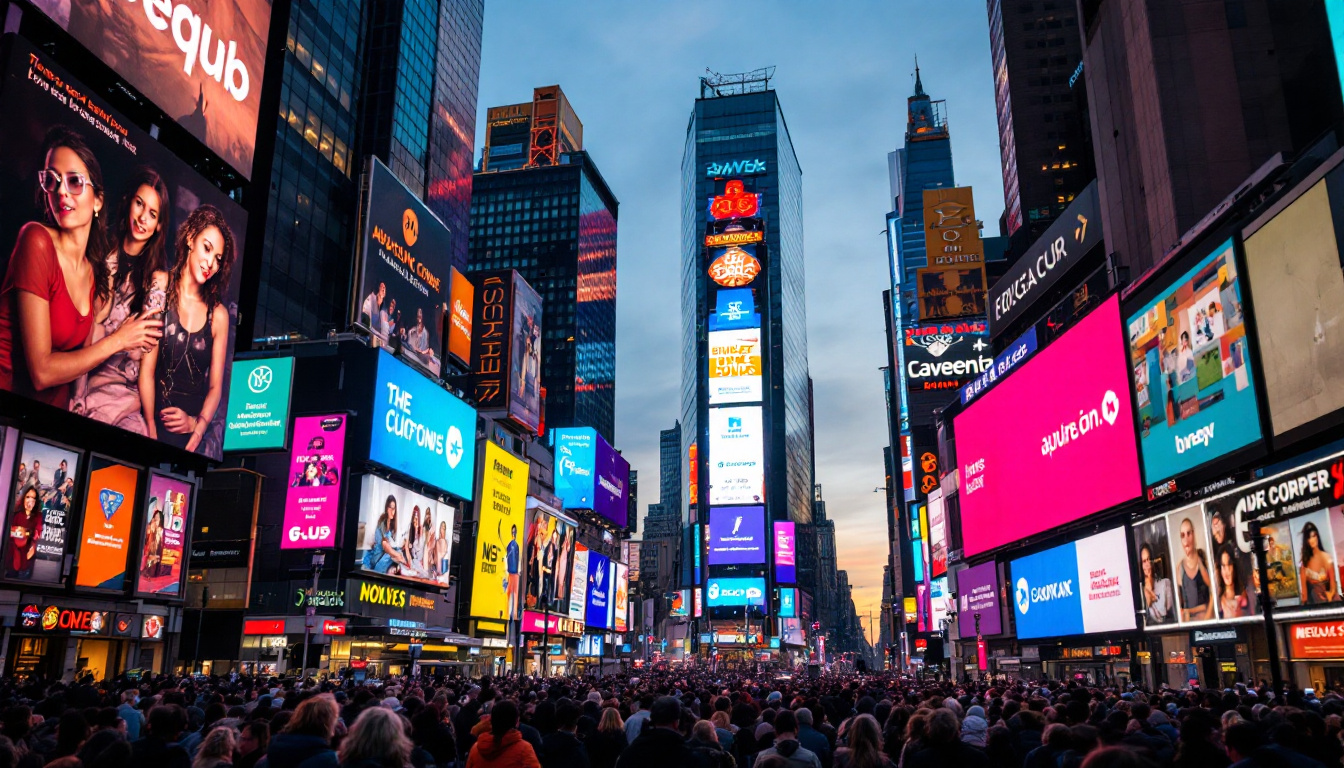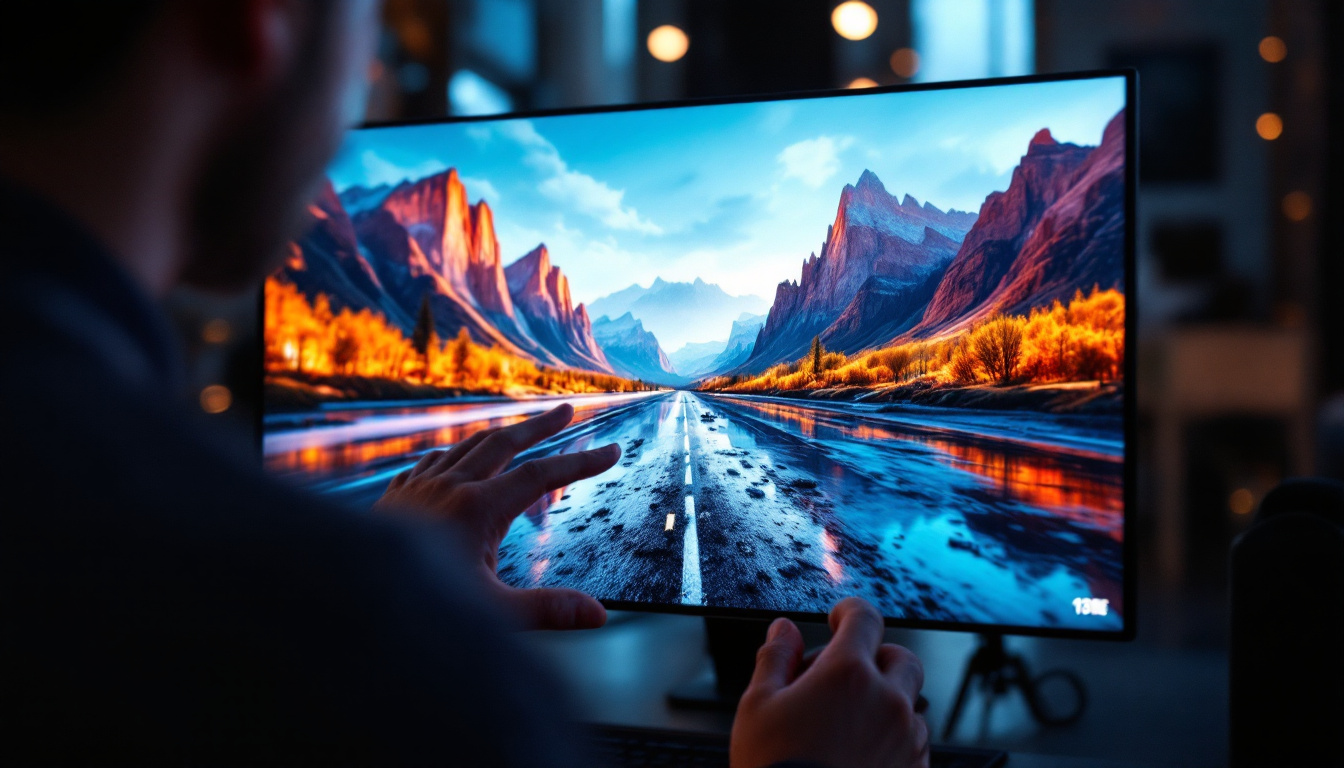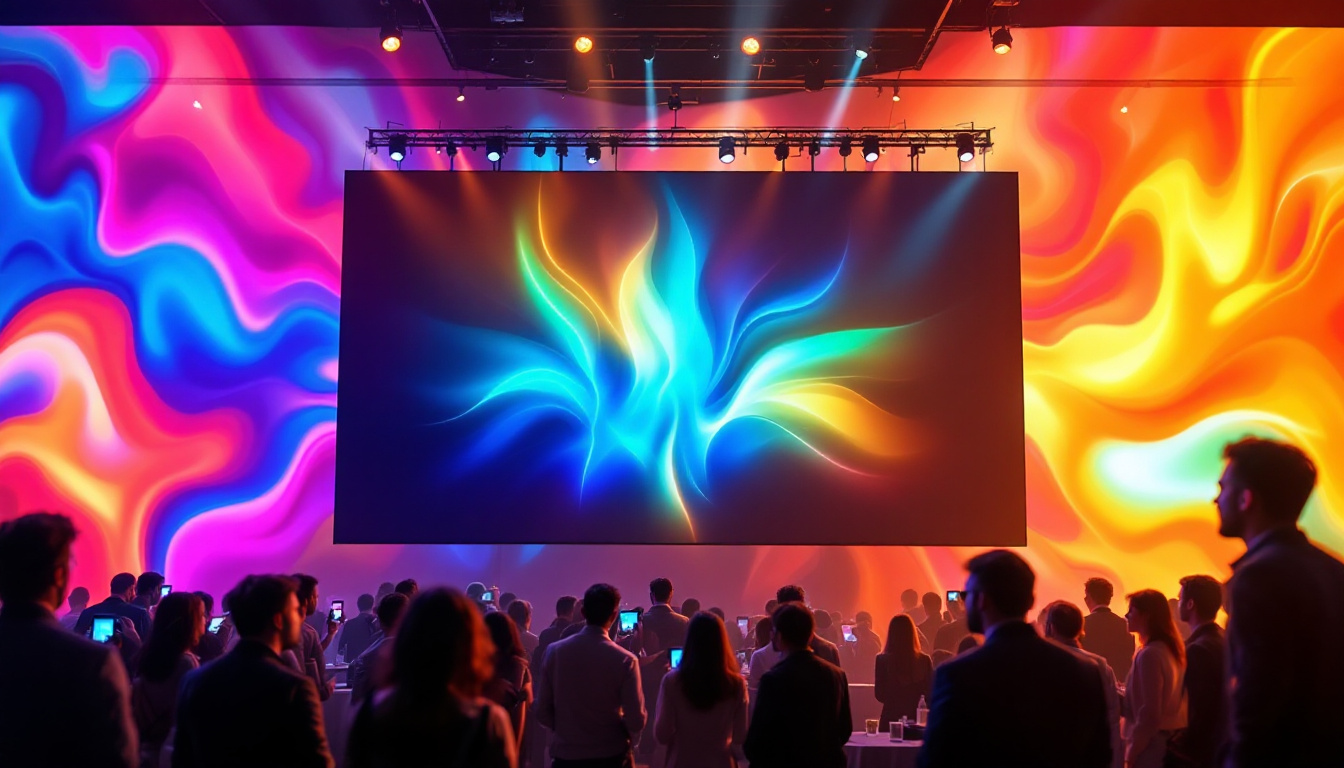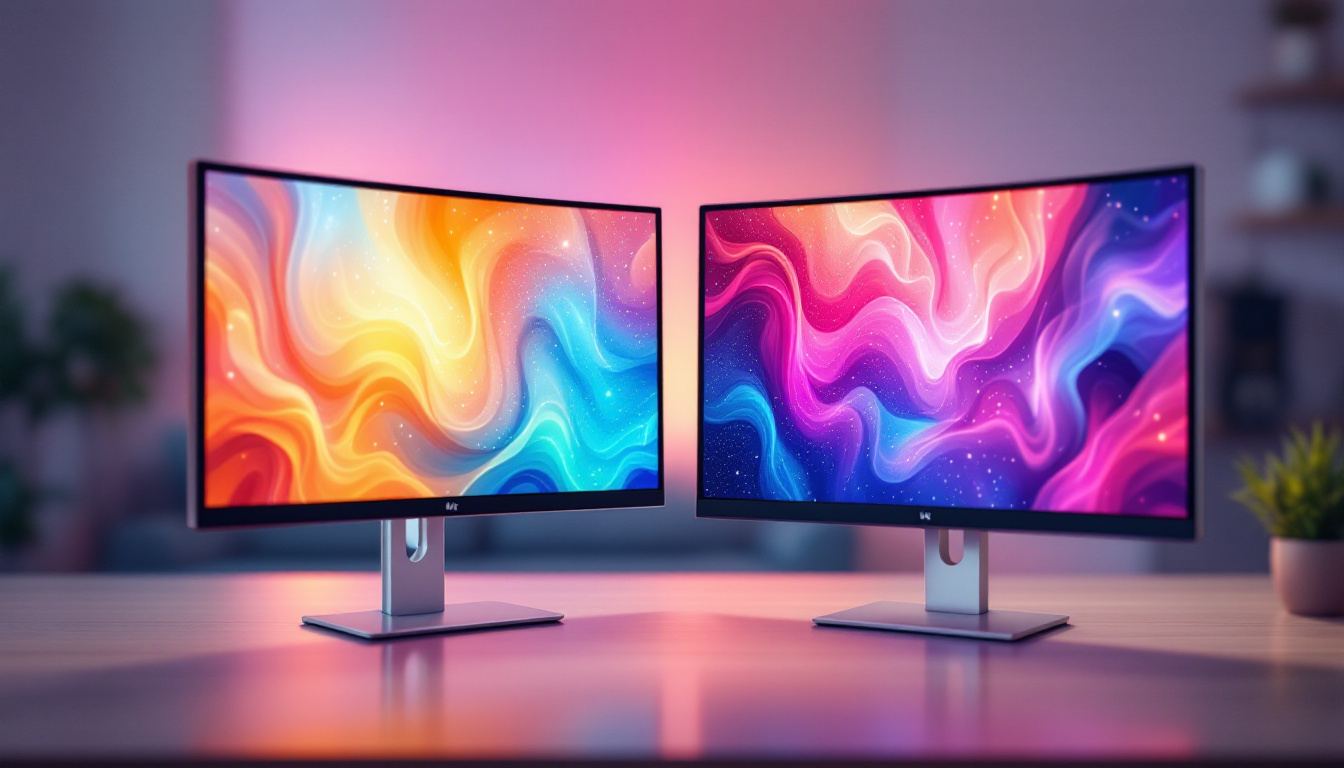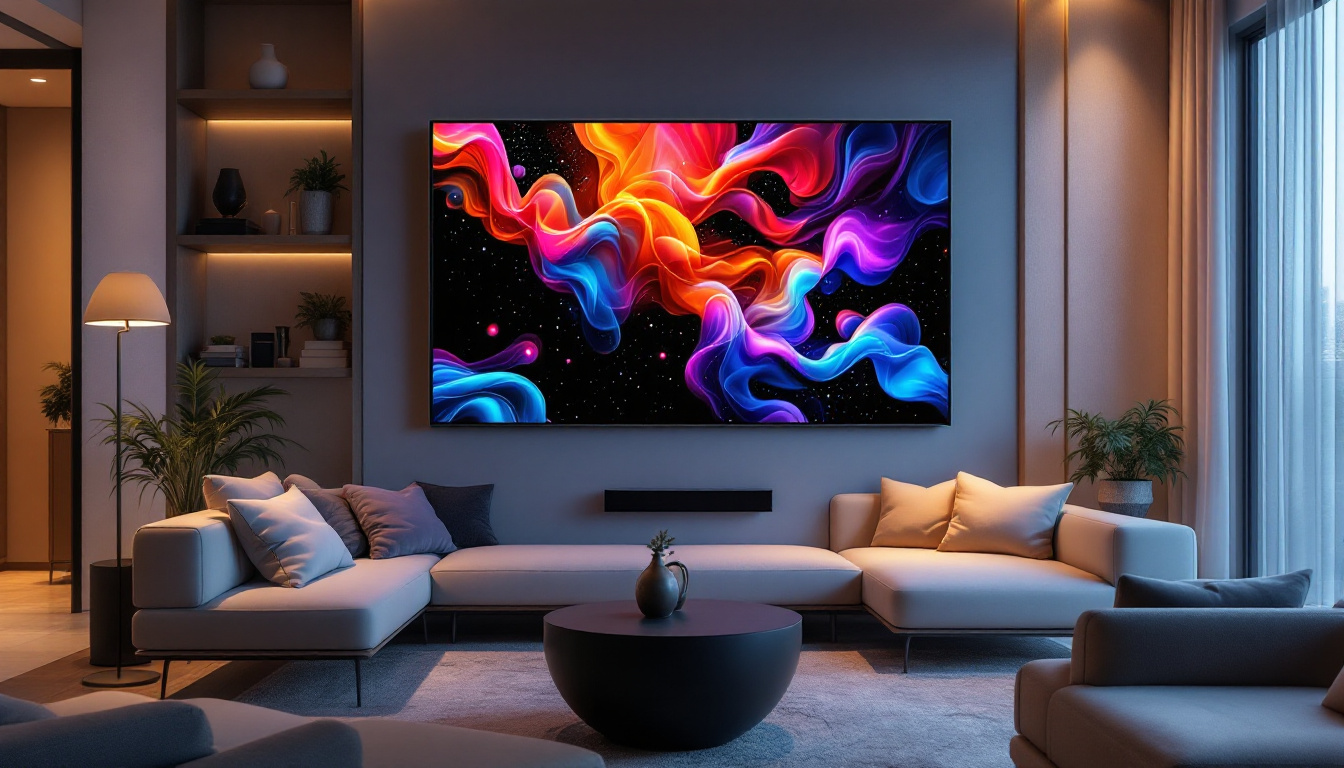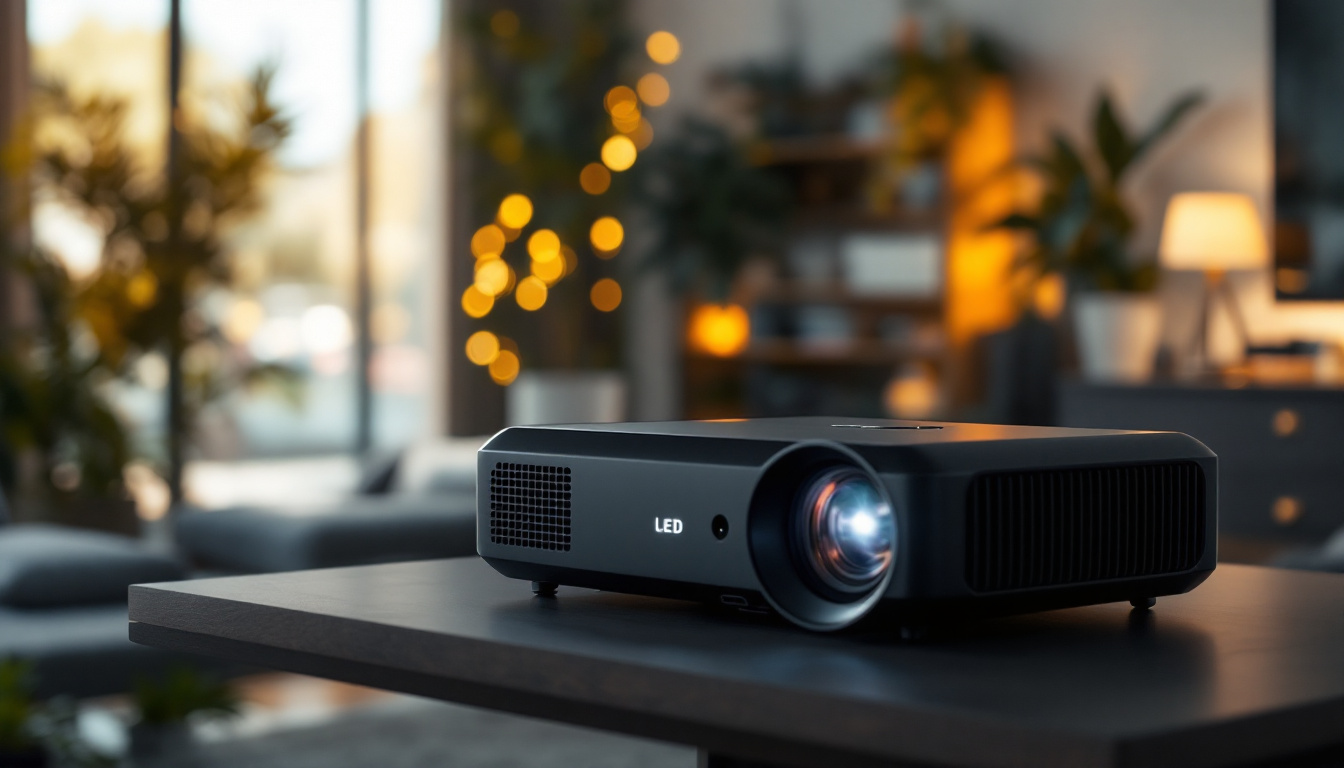In the realm of modern technology, LED displays have become ubiquitous, gracing everything from smartphones to large-scale billboards. Understanding how these displays work, particularly the relationship between pixels and inches, is crucial for anyone looking to purchase or utilize LED technology effectively. This article delves into the intricacies of LED displays, examining their components, how pixel density impacts visual quality, and the various applications where these displays shine.
Understanding LED Displays
LED stands for Light Emitting Diode, a technology that has transformed the way images and videos are displayed. Unlike traditional LCD screens, which rely on backlighting, LED displays use an array of tiny diodes that emit light when an electric current passes through them. This fundamental difference allows for greater energy efficiency and improved brightness. The ability of LED displays to produce vibrant colors and deep blacks has made them a popular choice for both commercial and residential applications, from billboards to televisions.
The Components of LED Displays
At the core of any LED display are its pixels. Each pixel is made up of red, green, and blue (RGB) subpixels that combine to create a full spectrum of colors. The arrangement and density of these pixels are critical factors in determining the display’s resolution and overall quality. high pixel density is particularly important for applications where viewers are close to the screen, such as smartphones and computer monitors, as it ensures that images remain sharp and clear without visible pixelation.
Another essential component is the driver circuitry, which controls the brightness and color of each pixel. This circuitry ensures that images are rendered accurately and responsively, contributing to a seamless viewing experience. Advanced driver technologies can also enable features like dynamic contrast adjustment, which optimizes the display’s performance based on the content being shown, further enhancing the visual experience.
Types of LED Displays
LED displays come in various forms, each suited for different applications. The most common types include:
- Direct View LED: Often used for large outdoor displays, these screens are made up of individual LED modules that can be assembled into any size or shape. Their durability and brightness make them ideal for advertising and public information displays, where visibility in bright sunlight is crucial.
- LED-backlit LCD: These displays utilize LEDs as a backlight for traditional LCD screens, enhancing brightness and color accuracy. This hybrid technology allows manufacturers to produce thinner screens while maintaining high-quality images, making them popular in televisions and computer monitors.
- Organic LED (OLED): A newer technology that offers better contrast and color range, OLED displays are made from organic compounds that emit light when an electric current is applied. This allows for true blacks and a wider viewing angle, making OLED displays highly sought after for high-end televisions and mobile devices.
In addition to these common types, there are also specialized LED displays designed for unique applications. For instance, transparent LED displays are gaining popularity in retail environments, allowing for eye-catching advertisements while maintaining visibility through the screen. Similarly, flexible LED displays are emerging, enabling curved or even foldable screens that can adapt to various design needs, pushing the boundaries of conventional display technology.
Pixels and Resolution
The relationship between pixels and resolution is fundamental to understanding display quality. Resolution refers to the number of pixels displayed on the screen, typically expressed as width x height (e.g., 1920×1080). Higher resolutions mean more pixels, which generally translates to sharper images. This increase in pixel count allows for finer details to be rendered, making it particularly important in applications where clarity is paramount, such as medical imaging or high-definition video production.
Pixel Density Explained
Pixel density, measured in pixels per inch (PPI), is a crucial metric that determines how sharp an image appears. A higher PPI means that more pixels are packed into each inch of the display, resulting in finer detail and smoother edges. For instance, a smartphone with a PPI of 400 will display images more crisply than a larger TV with a PPI of 100, even if both screens have the same resolution. This difference becomes particularly noticeable when viewing high-resolution images or text, where the clarity can significantly enhance the user experience.
When considering pixel density, it’s important to balance it with viewing distance. A display with a very high PPI may not be discernibly better than one with a lower PPI if the viewer is sitting far enough away. Therefore, understanding the intended use and viewing distance is essential when evaluating pixel density. For example, while a high PPI is critical for handheld devices that are viewed at close range, larger displays used in home theaters may prioritize resolution over pixel density due to the greater distance from which they are viewed.
Impact on Visual Quality
The impact of pixel density on visual quality cannot be overstated. Displays with higher pixel densities provide a more immersive experience, especially for applications like gaming, graphic design, and video editing. In contrast, lower pixel densities may suffice for less demanding tasks, such as browsing the web or watching standard-definition video. The difference in experience can be profound; a gamer using a high-PPI monitor can spot details in a virtual environment that would be lost on a lower-resolution screen, giving them a competitive edge.
Moreover, the quality of the individual pixels, including their color accuracy and brightness, also plays a significant role in overall visual quality. Displays that utilize advanced technologies, such as OLED or HDR, can produce richer colors and deeper contrasts, enhancing the viewing experience beyond what pixel density alone can provide. Therefore, while pixel density is an important factor, it is not the sole determinant of display performance. The interplay between resolution, pixel density, and display technology creates a complex landscape where each element contributes to the final visual output, making it essential for consumers to consider all aspects when choosing a display for their needs.
Calculating Pixels to Inches
Understanding how to convert pixels to inches is essential for anyone working with LED displays. The conversion is straightforward but requires knowledge of the display’s resolution and pixel density.
The Formula
To convert pixels to inches, the formula is:
Inches = Pixels / PPI
For example, if a display has a resolution of 1920×1080 and a PPI of 400, the width in inches can be calculated as follows:
Width in Inches = 1920 pixels / 400 PPI = 4.8 inches
This calculation helps in determining the physical size of the display based on its pixel count and density, which is particularly useful for designers and engineers.
Practical Applications
Understanding pixels and inches is not just an academic exercise; it has practical implications across various industries. Here are a few examples:
- Graphic Design: Designers must consider pixel density when creating visuals to ensure they look sharp across different devices.
- Advertising: Billboards and large displays require careful planning of pixel density to ensure visibility from various distances.
- Gaming: Gamers benefit from high PPI displays that provide an immersive experience with detailed graphics.
Choosing the Right LED Display
When selecting an LED display, several factors come into play beyond just pixel density and size. Understanding these factors can help ensure that the chosen display meets the intended purpose effectively.
Purpose and Environment
The first consideration should be the intended use of the display. For instance, a display meant for outdoor advertising will require different specifications than one used for home entertainment. Outdoor displays need to be bright enough to combat sunlight, while indoor displays can prioritize color accuracy and resolution.
Additionally, the viewing environment plays a significant role. Displays in bright environments may need higher brightness levels and anti-glare coatings, while those in darker settings can focus on contrast and color depth.
Budget Considerations
Budget is another critical factor when choosing an LED display. Higher resolution and density displays often come with a higher price tag. It’s essential to balance the need for quality with budget constraints, ensuring that the chosen display meets essential requirements without overspending.
Investing in a higher-quality display may yield long-term benefits, especially for professional applications where visual fidelity is paramount.
Future of LED Displays
The future of LED display technology is bright, with continuous advancements on the horizon. Innovations in pixel technology, such as MicroLED and MiniLED, promise to deliver even better performance and efficiency.
Emerging Technologies
MicroLED technology, which utilizes microscopic LEDs to form pixels, offers unprecedented contrast ratios and color accuracy. This technology is still in its infancy but has the potential to revolutionize display quality across various applications.
MiniLED, on the other hand, enhances traditional LED displays by using smaller LEDs for backlighting, improving contrast and color performance. This technology is already being adopted in high-end televisions and monitors, indicating a shift towards better quality displays.
Integration with Other Technologies
As LED displays evolve, their integration with other technologies will also grow. For example, augmented reality (AR) and virtual reality (VR) applications will likely benefit from advancements in display technology, creating more immersive experiences for users.
Moreover, as smart technology continues to permeate everyday life, LED displays will become integral to smart homes and cities, providing real-time information and enhancing user interaction.
Conclusion
understanding the relationship between pixels and inches is vital for anyone working with LED displays. From calculating pixel density to selecting the right display for specific applications, this knowledge empowers users to make informed decisions. As technology continues to advance, staying abreast of these developments will be crucial for maximizing the potential of LED displays in various fields.
Whether for personal use or professional applications, the insights gained from this exploration of LED displays will undoubtedly enhance the viewing experience and ensure that users can fully appreciate the remarkable capabilities of this technology.
Explore Cutting-Edge LED Display Solutions
Ready to elevate your visual experience with the latest in LED technology? LumenMatrix is at the forefront of innovation, offering a comprehensive range of LED display solutions tailored to meet your unique needs. From captivating Indoor LED Walls to dynamic Outdoor LED Displays, and from versatile Vehicle LED Displays to sleek LED Poster Displays, we have everything to transform your space. Discover how our LED Sports Displays, Floor LED Displays, Custom LED Displays, All-in-One LED Displays, and LED Transparent Displays can revolutionize your visual communication. Don’t just share your message—make an impact with clarity and engagement. Check out LumenMatrix LED Display Solutions today and see the difference for yourself.


